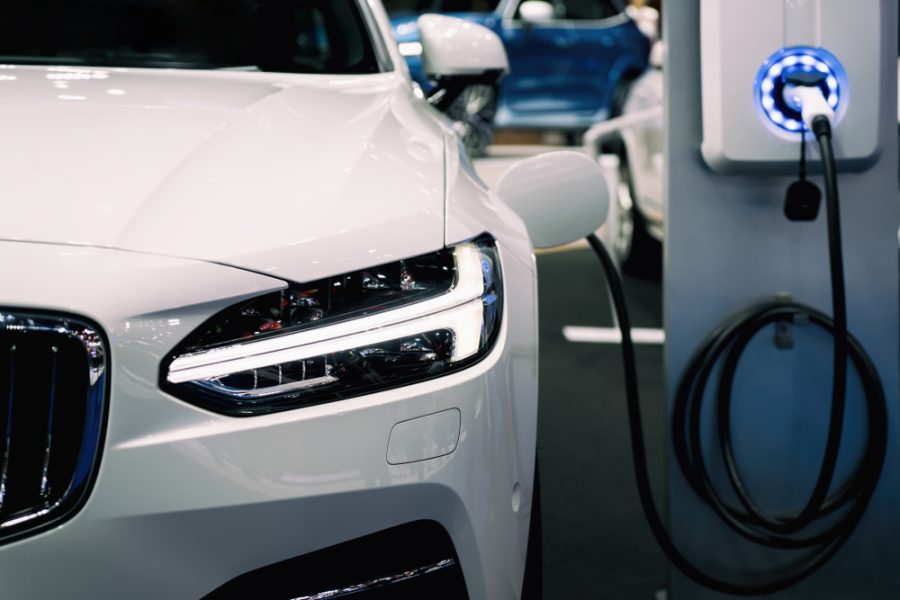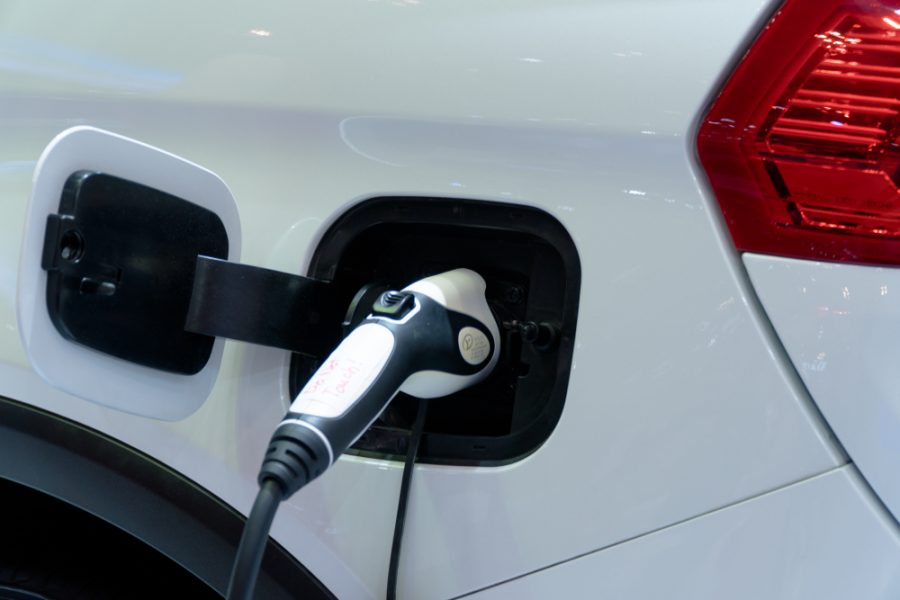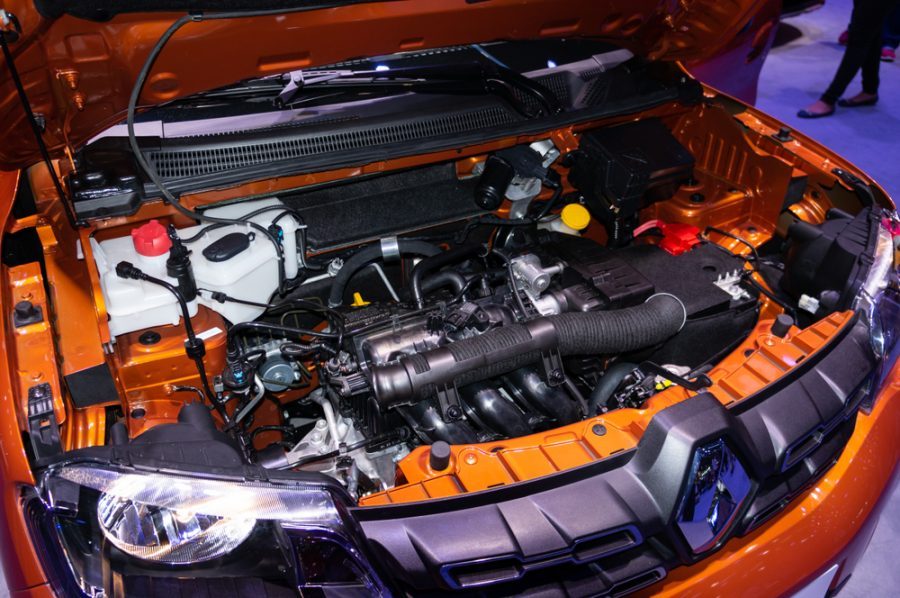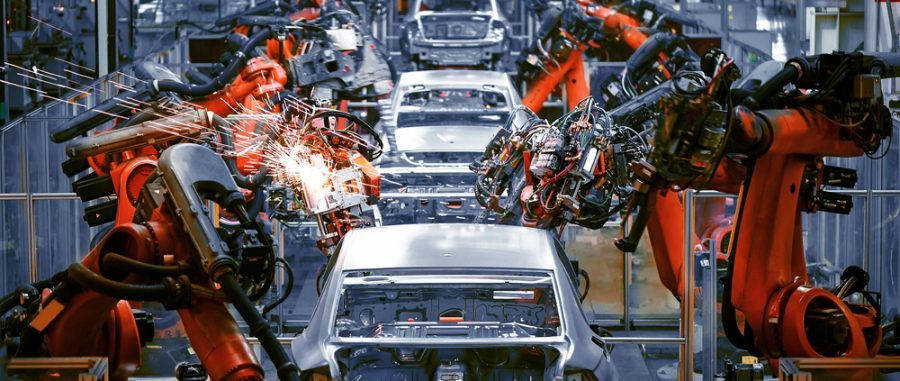Even after automobiles have changed since their discovery, the speed of enhancements in automobiles is expanding, particularly with progressions to battle their adverse effects. A few futurists foresee the presence of auto-drive cars – self-driving vehicles – inside the following decade.
While some automobile news reports that Mercedes-Benz uncovered their self-drive vehicle at the 2015 Consumer Electronics Show when it comes to the F-105 extravagance vehicle, which accompanies front seats that turn.
It helps both the driver and front-seat traveler to sit up close and personal with the rearward sitting arrangement travelers, then BMW has shown its new model that self-stops and can look through a parking structure for open spaces.

As per a few experts foresee that new makers, for example, Google and Apple, will supersede conventional mass auto producers like General Motors, Ford, Honda, and Volkswagen with their head start on innovation. Since it looks like the new world is full of electric cars and innovations, let’s find out what the future holds for conventional automobiles.
What do you mean by Conventional Automobiles?
While this is known as a “conventional” start framework, it’s something of a misnomer. These are not utilized on current vehicles, in any event, not in the U.S. This is a more established start framework that uses focuses, a merchant, and an outside loop. They’re high-support, yet effortlessly fixed and pretty modest. Administration spans went from 5,000 to 10,000 miles.
Conventional Fuel: Is it the end?
At some point, the resources for traditional fuels, including petrol, would be drained. Inferable from how these fuels are commonly not sustainable, many individuals are stressed that daily would come when their interest would be more than the stock, setting off an impressive world emergency.
Non-hippies likewise agree with the assessment that most oil fields on the planet are related to issues – both political and monetary. Deciding on another strategy or arrangement for finding various nations to make new fuels would decrease the turmoil and strife coming about because the world relies on fuel supply from the Middle East.
Pros and Cons of an Electric Automobile over the Conventional Automobile
Advantages:
1. They are energy efficient
As compared to the conventional one, EV’s automobiles are far more efficient. Traditional automobiles only convert between 17 to 21 percent of energy. Meanwhile, electric automobiles can do much more than that. This means that the battery charging EV puts more in the vehicle’s direction than filling the gas station.
2. Electric cars reduce emissions
Emission reduction, including reducing fuel use. Electric automobiles rely on a rechargeable battery. Driving an electric car does not make any tailpipe emissions, which is the main source of pollution in the United States. The rechargeable battery means less money spent on fuel, which means that all energy can be domestically sourced.
3. Electric cars are high performance and low care
All-electric vehicles are also a high-performance vehicle that the motorbike is not only calm and smooth but requires less care than the internal combustion engine. E.V. Motors reacts quickly, making them responsive with good torque. Overall newer than their gas-powered colleagues are often more connected with filling stations that provide options to control charging from the application.

Disadvantages:
-
Electric cars can take fewer distances
EV has an average shorter range of gas-powered vehicles. Most models range from 60 and 120 miles per cost, and some luxury models reach a range of 300 miles per cost. In comparison, the gas-powered vehicle averages around 300 miles in a full gas tank, and more fuel-efficient vehicles get a much higher driving range.
This might be a problem when you see an electric vehicle if you often travel long. The availability of charging stations can make EV’s less suitable for activities such as land trips.
-
Electric cars take longer to “refuel”
Triggers all-electric cars can also be a problem. Fully recharge the battery pack with a level 1 or level 2 charger can take up to 8 hours, and even the fast-charging station takes 30 minutes to charge up to 80 percent capacity. The electric car driver must plan more carefully because it runs out of power cannot be resolved by stopping quickly at the gas pump.
-
Electric cars are more expensive, and battery packages may require more time to be replaced
Battery packages in electric cars are costly and may need to be replaced more than once for a car lifetime. They are also more expensive than gas-powered cars, and in advance, costs of all-electric cars can also be a barrier. However, fuel cost savings, tax credits, and state incentives can help compensate for this overall cost if available.
Overall, all-electric vehicles, such as any vehicle, must be assessed based on vehicles’ personal needs and use. There are many pros to have electric cars, such as fuel savings and reduce emissions, but this can come up with costs to rely on battery charging and higher prices. Consider what is best suited for you when you see to buy all-electric vehicles.
Electric vs Conventional Automobiles
Low oil costs have urged everyone to travel more miles and purchase more SUVs and pickup trucks, making up 60% of the U.S. market. While buyers may react to momentary modest fuel costs by buying petroleum derivative vehicles, EV’s have extended haul benefits and are continually improving.
To discover how electric vehicles and conventional vehicles stack up, the administration consultancy directed a daily existence cycle examination of lithium-particle battery EV’s. The different need of electric automobile has been increasing with a sudden spike in demand for non-renewable energy sources.
It saw all phases of their lives, from innovative work to crude sourcing materials and assembling, through proprietorship and removal. The information and data found that EV’s cost less to drive mile for mile than gas-controlled vehicles and cost less to keep up.
The complete expense of proprietorship for EV’s, notwithstanding, is higher because they are more costly to deliver, predominantly because of assembling their batteries. A group of specialists found that EV’s require more minerals and energy to work than petroleum product vehicles. Along these lines, they produce more Earth-wide temperature boost discharges.
But since they don’t consume fuel, EV’s counterbalance these higher outflows rapidly and produce less than conventional ones throughout their entire lives. Over their lifetimes, EV’s have half as much harmful atmospheric deviation discharges as tantamount gas-fueled vehicles.

Notwithstanding, EV’s bring about multiple times greater harmfulness, predominantly because of the weighty metals, such as cobalt, utilized in assembling the batteries. These metals can abbreviate those working in and around contaminating mines in the Congo and China.
“Everything relies upon how you are assembling and how you dispose of. You can produce a battery and not have ecological impacts. It relies upon how well it’s done and how cautious you are. Due to the field of modern nature, the entire assembling measure the investigation of enhancing the utilization of energy and materials in systems is focusing harder on ecological effects.”
Let us Look forward to the future in five years, i.e., 2025, the Little examination anticipated that while the distinction in the all-out expense of proprietorship will limit, fuel-controlled vehicles will, in any case, be less expensive. By at that point, EV’s will create considerably less dangerous atmospheric deviation emanations than gas-controlled cars. However, the measure of human harmfulness of EV’s may increment because of bigger batteries.
Do Electric Cars are the New Future of the Automobile?
The industry is attempting to improve the proficiency, execution, and moderateness of transportation options. To give details and ideas to future transportation advances. According to the National Renewable Energy Laboratory reports, a large part of the activity’s examination has been centered around fuel blend-stocks containing sustainable fuel mixes.
Such inexhaustible gas fuel mixes can be utilized in little, profoundly proficient motors. Biofuel mixes can be created from different resources. At present, most biofuels are produced using corn ethanol. However, ranger service, horticultural deposits, and green growth could likewise become significant wellsprings of biofuels.
The public authority is additionally financing research on electric vehicles. Today, EV’s face three essential difficulties to the more prominent arrangements: charging foundation, battery innovation, and reasonableness. NREL and DOE are attempting to handle these difficulties by exploring the possibility of building up a public outrageous quick charging (XFC) network for EV’s.
Examination on remote and street charging stations is additionally in progress to save drivers time and tackle calculated concerns. Besides, NREL’s Battery Internal Short-Circuit Device and Isothermal Battery Calorimeters could improve the wellbeing execution of EV batteries and lower their expense and size, making EV’s more moderate for shoppers.
The meeting observers concurred that innovation and examination drive us to an eventual fate of cleaner transportation, yet guidelines and strategies present vulnerabilities. On April 2, EPA reported it would update the public Corporate Average Fuel Economy (CAFE) principles that control vehicle outflows.
EPA Administrator Scott Pruitt has contended that the current guidelines are excessively severe and ought to be a brought together public norm. Nonetheless, at the conference, all observers concurred that stricter CAFE norms are essential to improve eco-friendliness, increment U.S automakers intensity, and drive buyer social changes.
As indicated by the Annual Energy Outlook of 2018 report, with CAFE and cutting-edge innovations, the average new light-obligation vehicle mileage is relied upon to increment, which is a large gap that is 33.4 miles per gallon (mpg) to 48.6 mpg by 2050. Utilizing extra innovations, as inexhaustible fuels, could likewise give a quick lift in-vehicle proficiency.
















